The colour of the wind: Kaleem Khan’s wonderful world
To view the masterly work of Kaleem Khan is to lose oneself in the immensity of nature
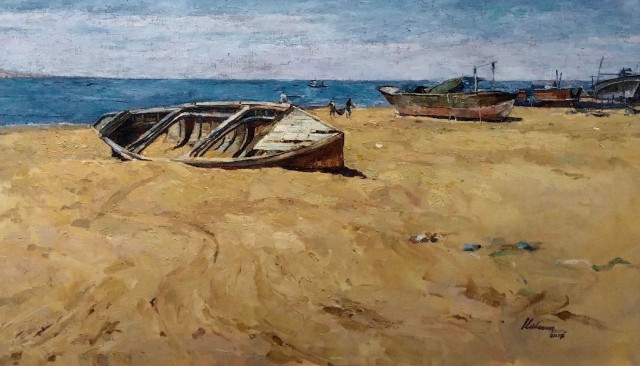
In the distance, a pale horizon settles above the cobalt depths of waves caressing the gold sands of this quiet shore. A boat leans on its side – resting, abandoned? Two men carry a burden between themselves. Do they move towards the ocean, or are they coming ashore? Do they call out to the one gazing towards the lone vessel negotiating its way on the water? Do they listen to the sound of the waves, to the gentle lapping of froth edging the beach? Can they taste the salt in the air, can they see the colour of the wind?
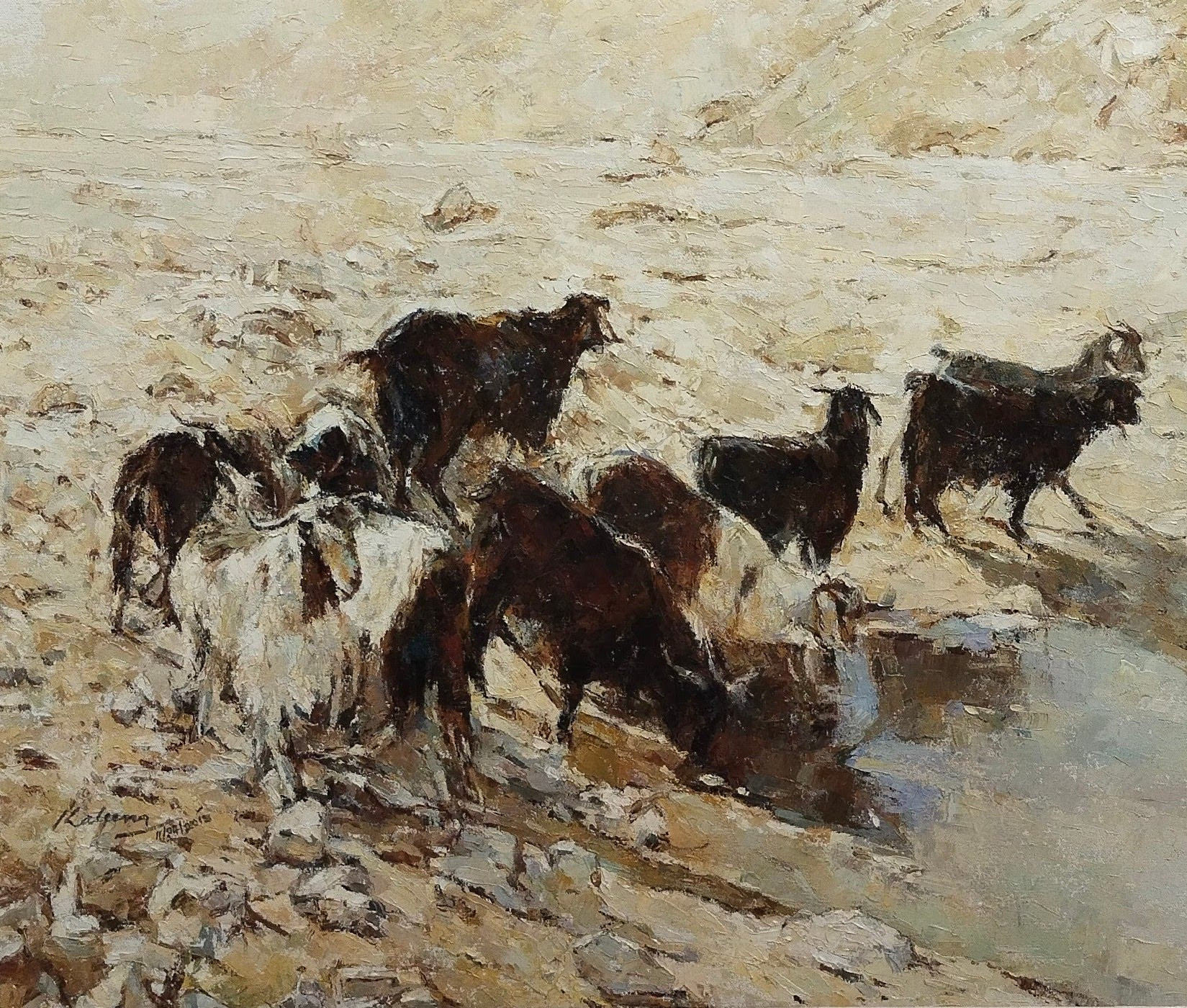


To view the masterly work of Kaleem Khan is to lose oneself in the immensity of nature, and to find oneself in the knowledge that we are only a part of something so much greater than us. Almost always, the human presence appears incidental, forming a miniscule part of the canvas, and yet, the few figures once identified tell so many stories of their own.

There are shepherds keeping pace with their precious flock, a lone dog accompanying them. There is a small child visible between the resigned flanks of a pack of donkeys walking towards the viewer. Beneath a vibrant spread of flaming ochre branches, one can discern a few goats, a sheep perhaps, melting into the ivory of the foreground. Who hides in the shadow of this magnificent growth? Who watches the unhurried search for succulent shrubs, who is this who finds beauty in the simplest of things? In the background, three vertical lines, just three upright, skillful strokes suggest that urban life is not far, that the idyllic calm of this quiet place is here for just a brief while.
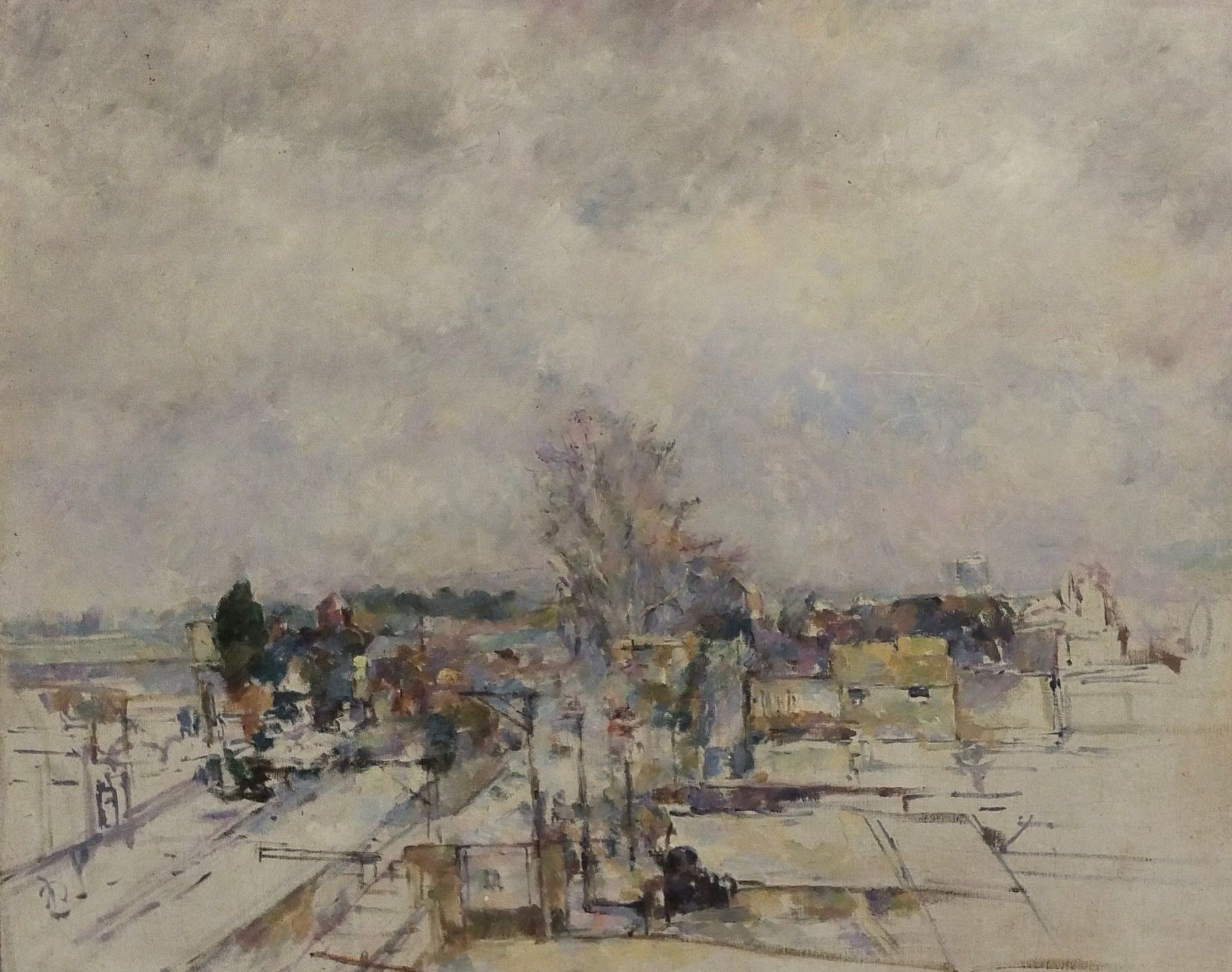
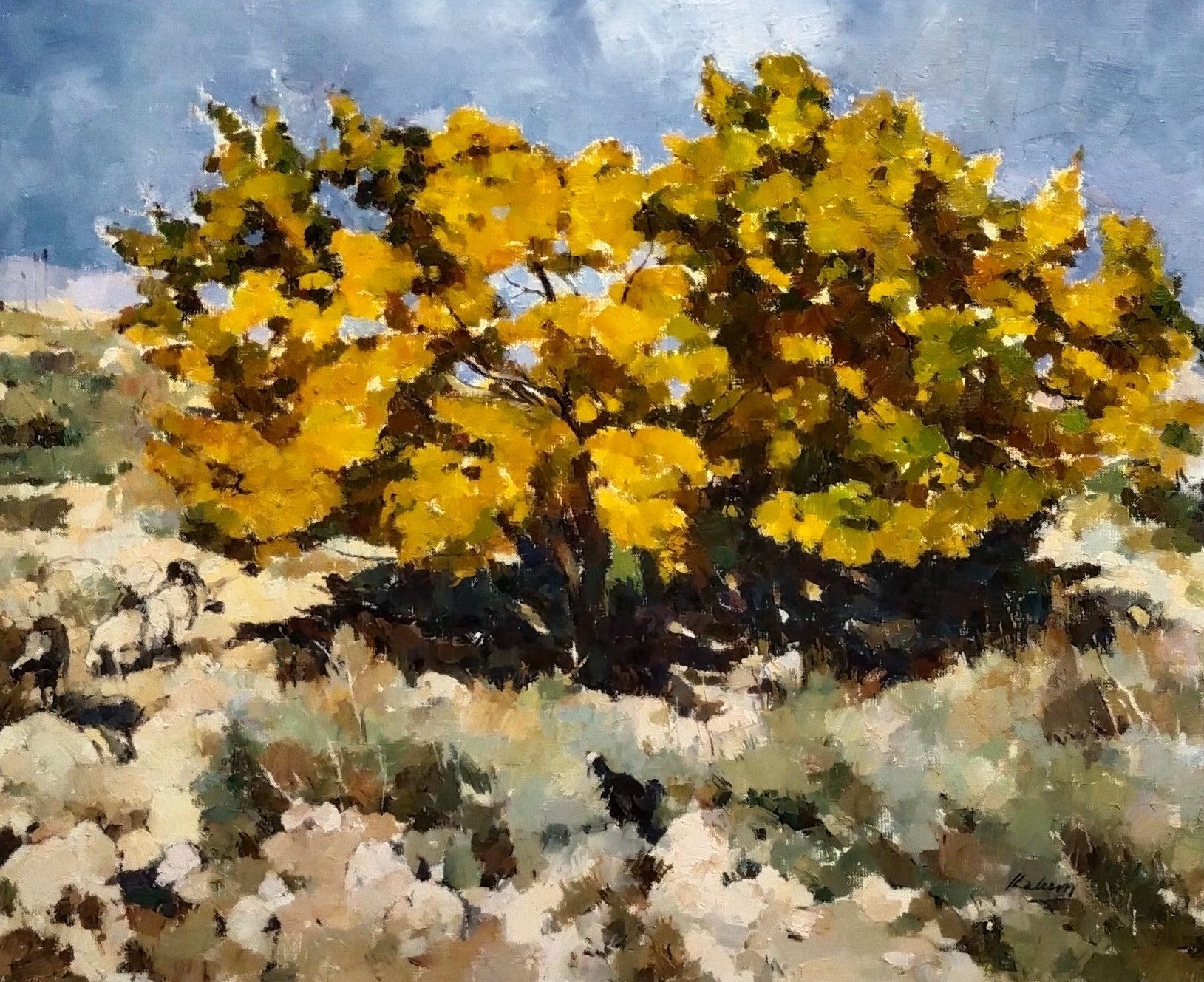
Is that why Kaleem records these landscapes, these unsung lives, the silence of the spaces that unfurl before him like a thousand sagas? So many times, in conversation with the artist, standing before an unfinished canvas, watching the sunlight as it filters from the window of his upstairs studio, I have wondered at the place of the painter within the landscape. Does Kaleem watch from a vantage point, unwatched by those who go about their daily lives without posturing, without the selfconsciousness of those who know they are being watched? Sometimes the artist places himself at his window and brings life onto the canvas before him, recording the everchanging hues and forms of the Koh e Mehr Dar (known also as Murdaar).
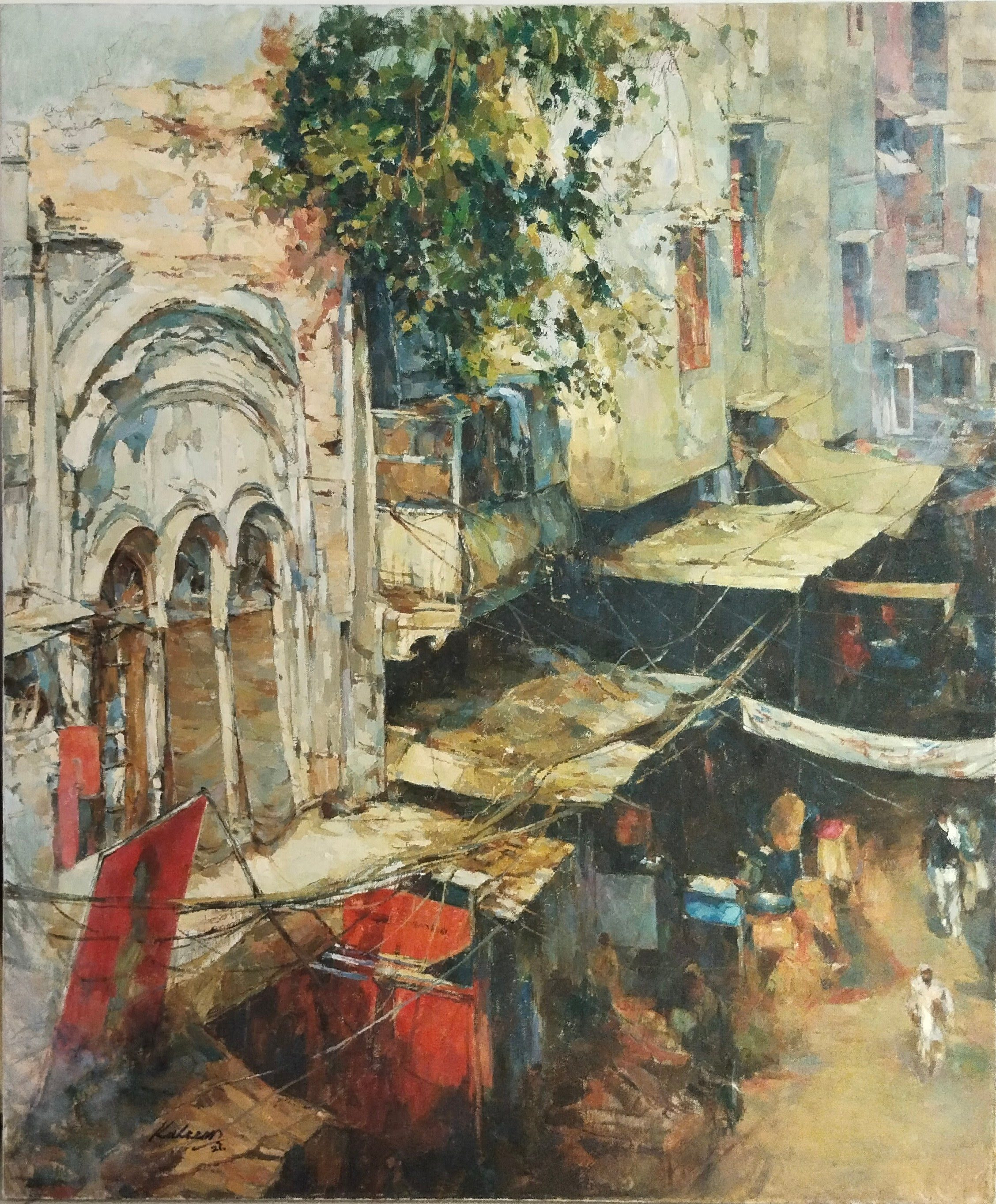
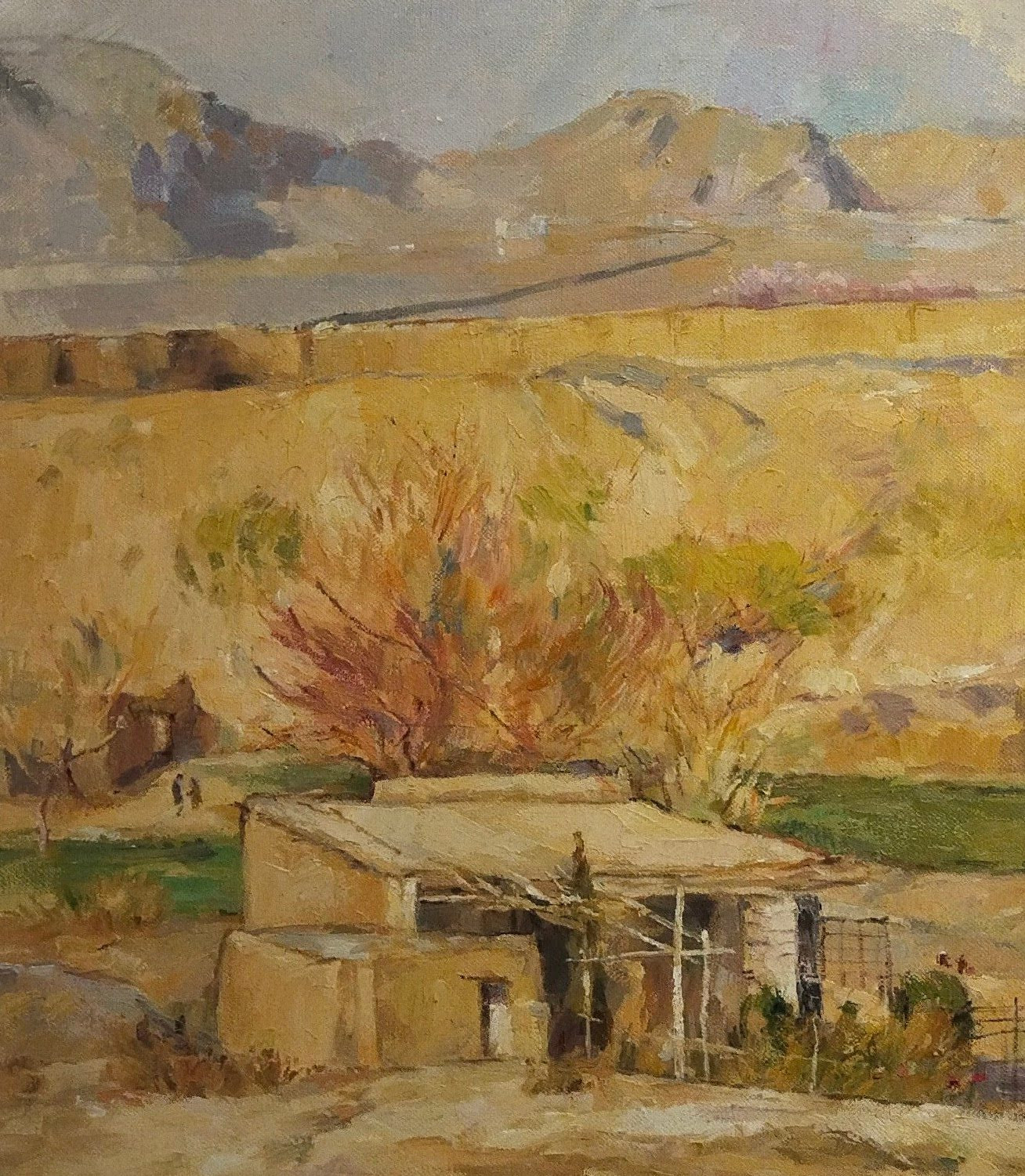
The mountain seems to beckon to Kaleem, but the deep emerald of the trees in the distance call to him also, weaving their branches into the crisp air as if they were the fingers of many hands reaching for the sky. Always, the element of human life, of human endeavor, is seen within the larger, all-embracing spread of the sky, the land, its cliffs, its heights, the snow, rocks, water reflecting the thick, dark coats of curly-horned goats, moving along parallel yet winding paths, moving, cavorting, searching, always searching.
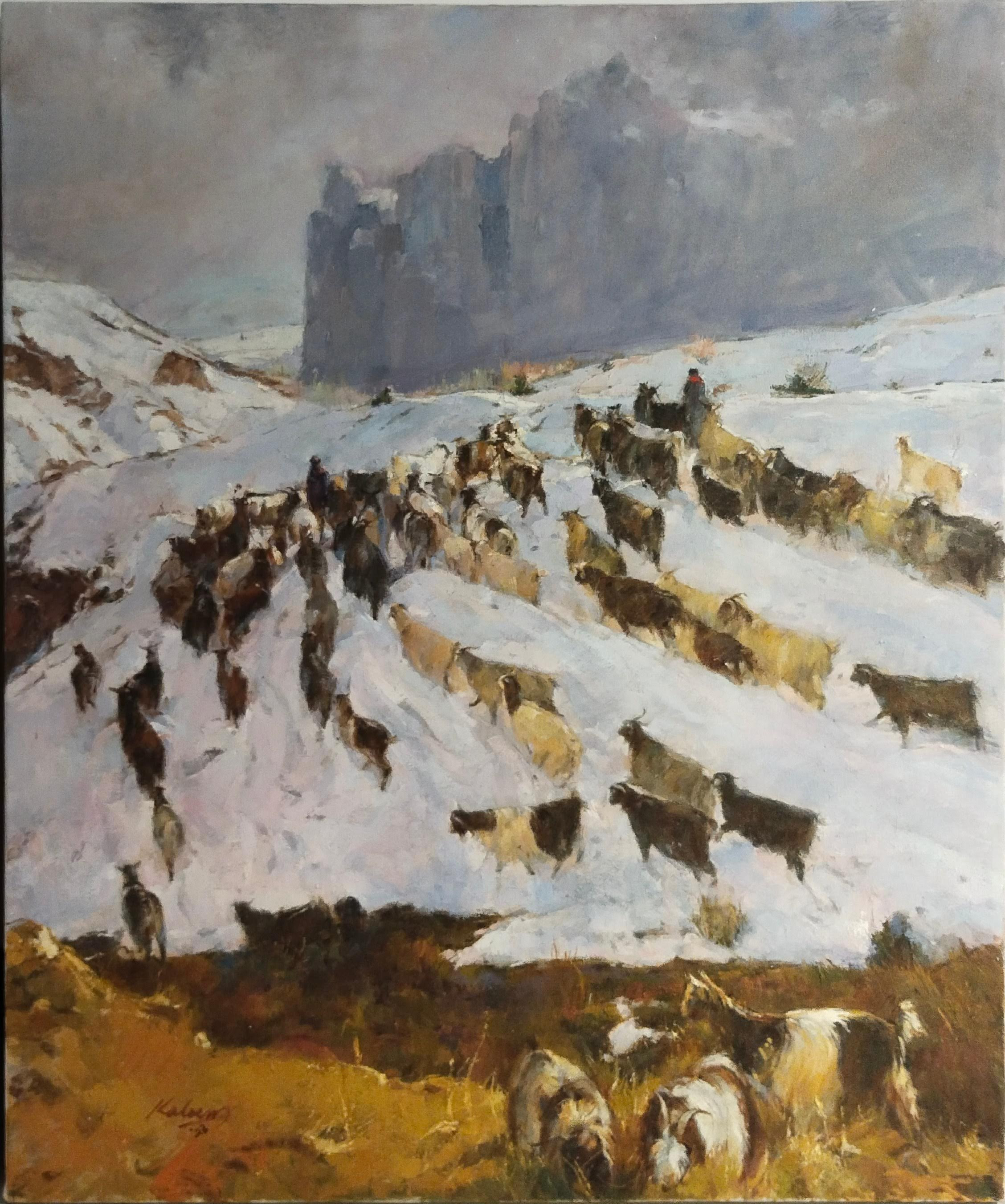
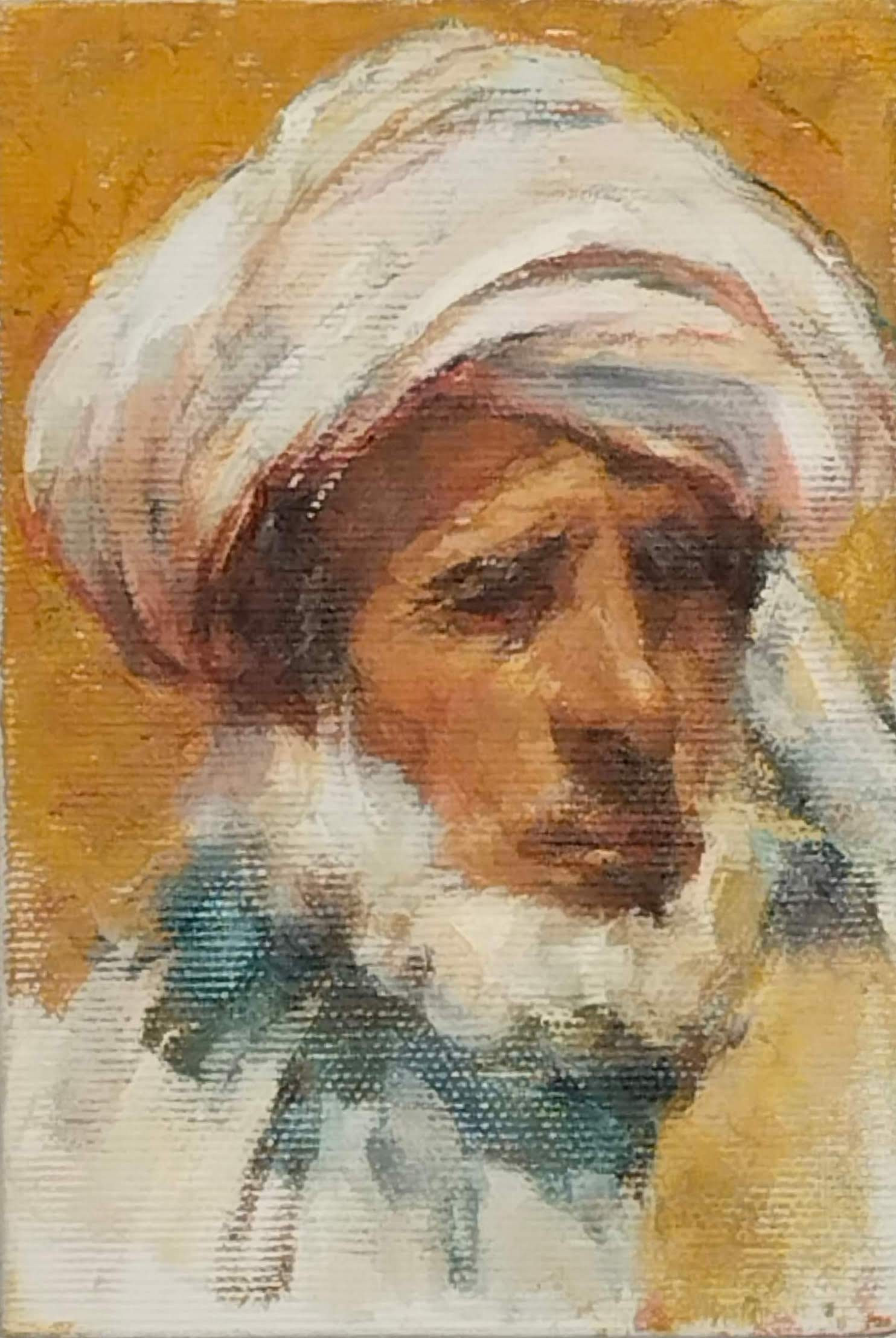
I came to know Kaleem Khan when he was still a student at the National College of Arts in the early 1980’s. I did not know his work at that time, but knew him as a person of profound integrity with a deep love in his heart for the land where he was born and grew up – Baluchistan. We were colleagues once we had set up the first-ever department of fine arts at the University of Baluchistan, and we became friends once I had moved away, to reclaim my own life far from what I had come to know and come to love.
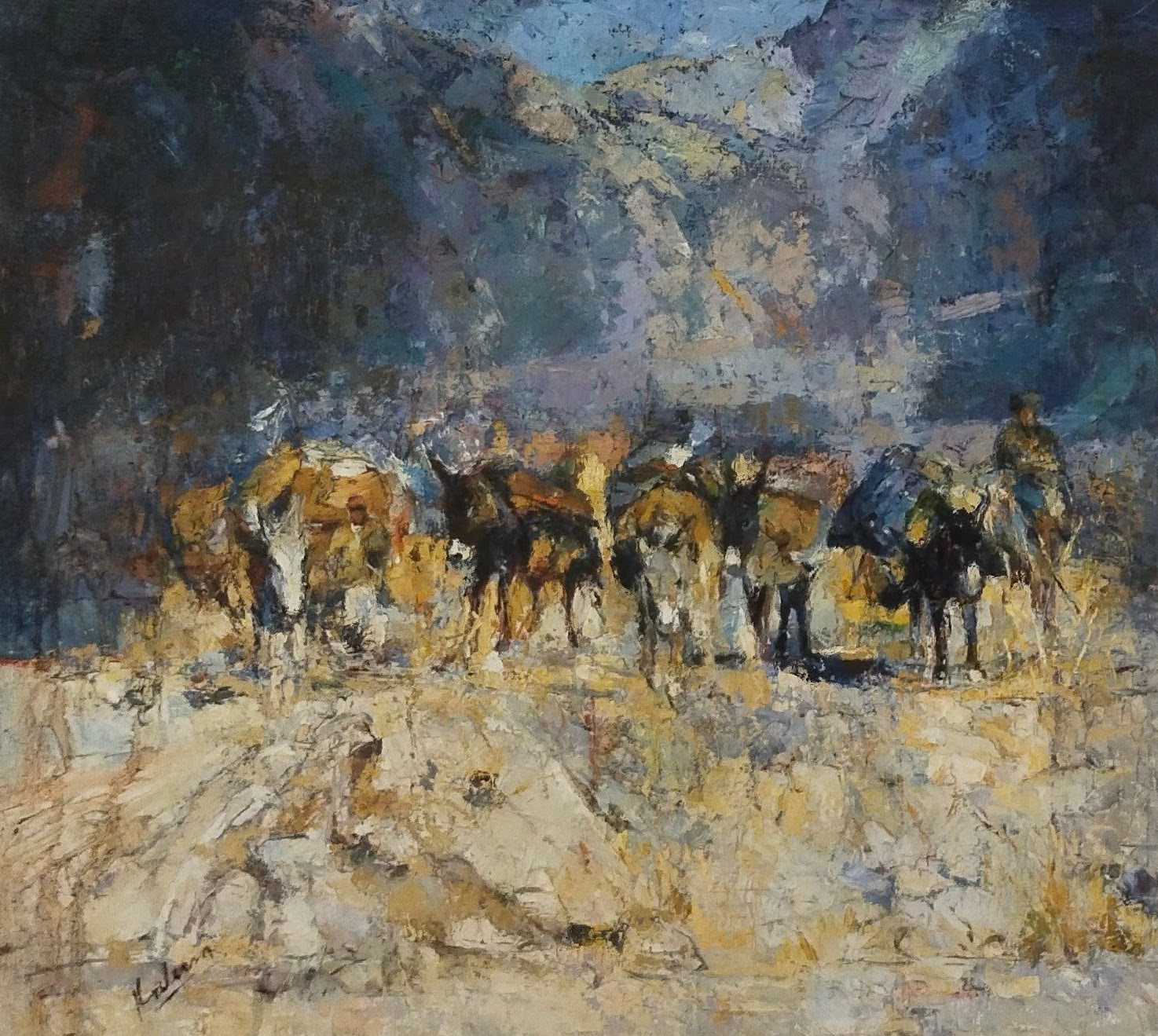
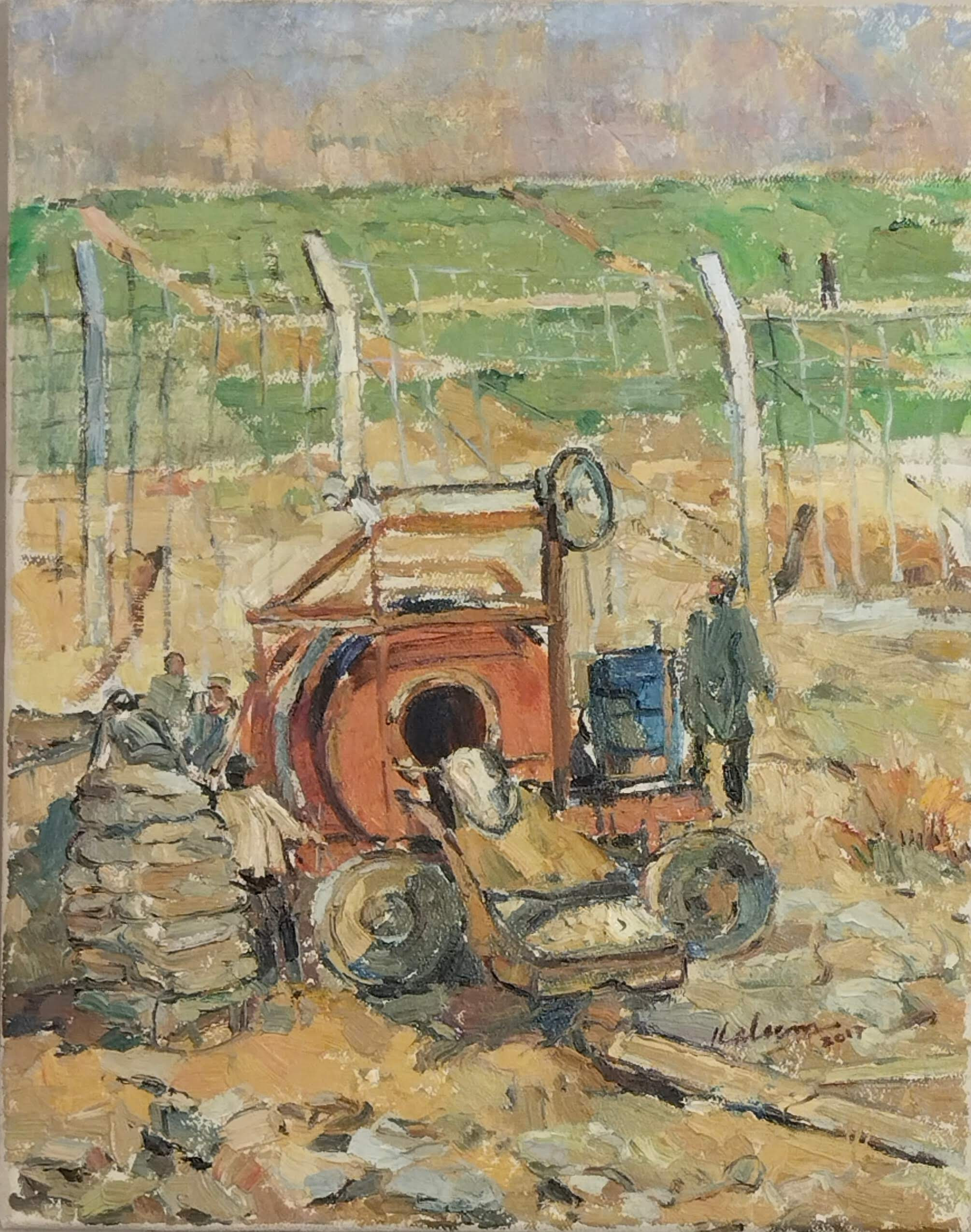
I did not know at that time that as a young college student in Quetta, Kaleem had watched with fascination the signboard painters who created vast canvases of Western films for local cinemas. Encouraged by his early mentors, Lal Mohammad and Lala Aziz Jan, and selected by the eminent painter, Saeed Akhtar, Kaleem was granted admission into NCA and soon caught the eye of Professor Khalid Iqbal and his juror Ms. Zubaida Agha, who pointed out that Kaleem captures the essence of a place while breathing the air that makes it alive – he belongs inside the landscape, as much as he remains outside it, an observer, a recorder of beauty and life.
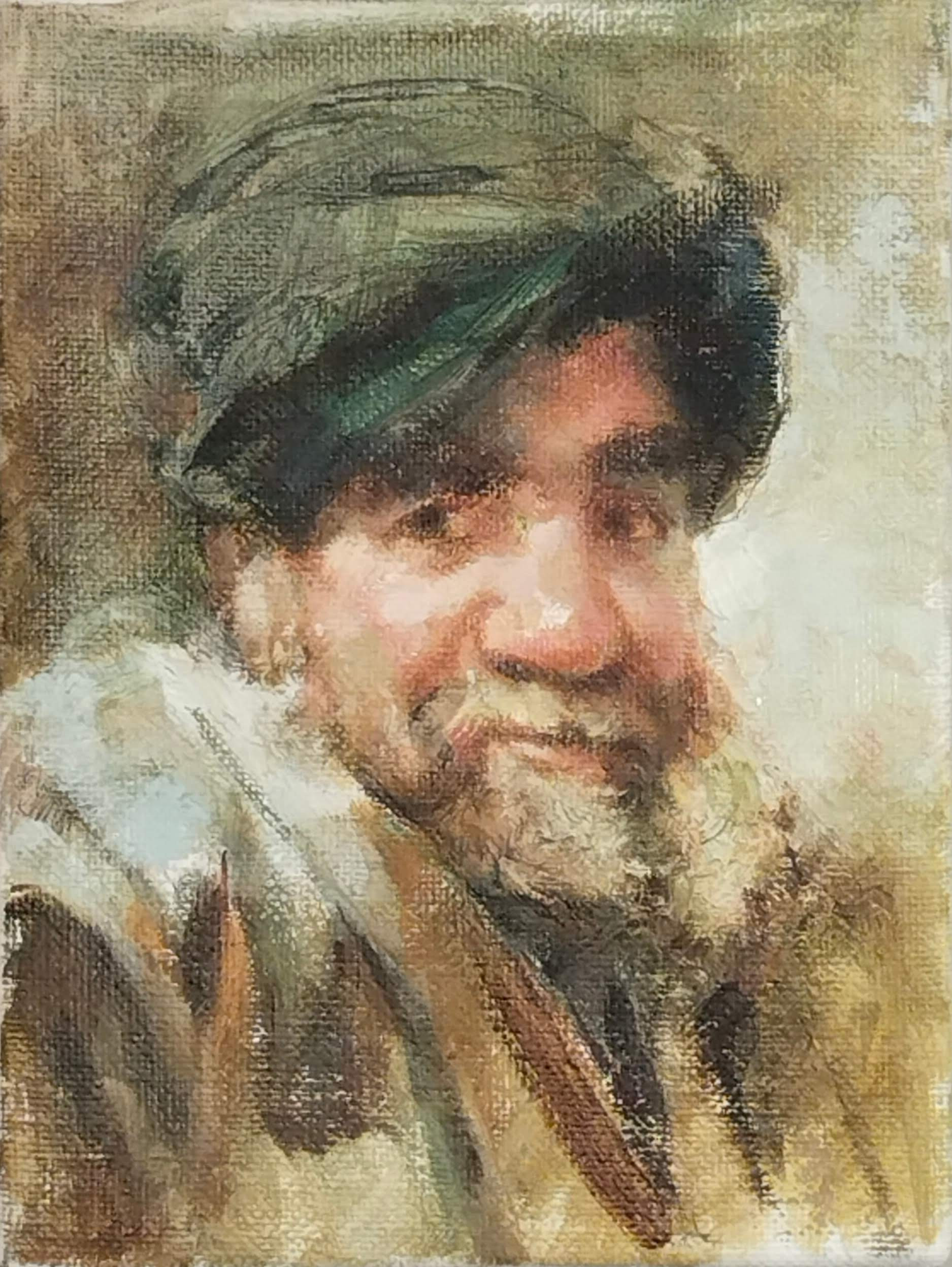

Kaleem continued to immortalize his hometown, the surroundings of his birthplace, painting the leisurely pace of a town now frenzied and burdened with concrete and chaos. His work is a testament to the rapid changes that have occurred in his hometown, the elegant colonial buildings replaced by ponderous, unplanned concrete monstrosities.
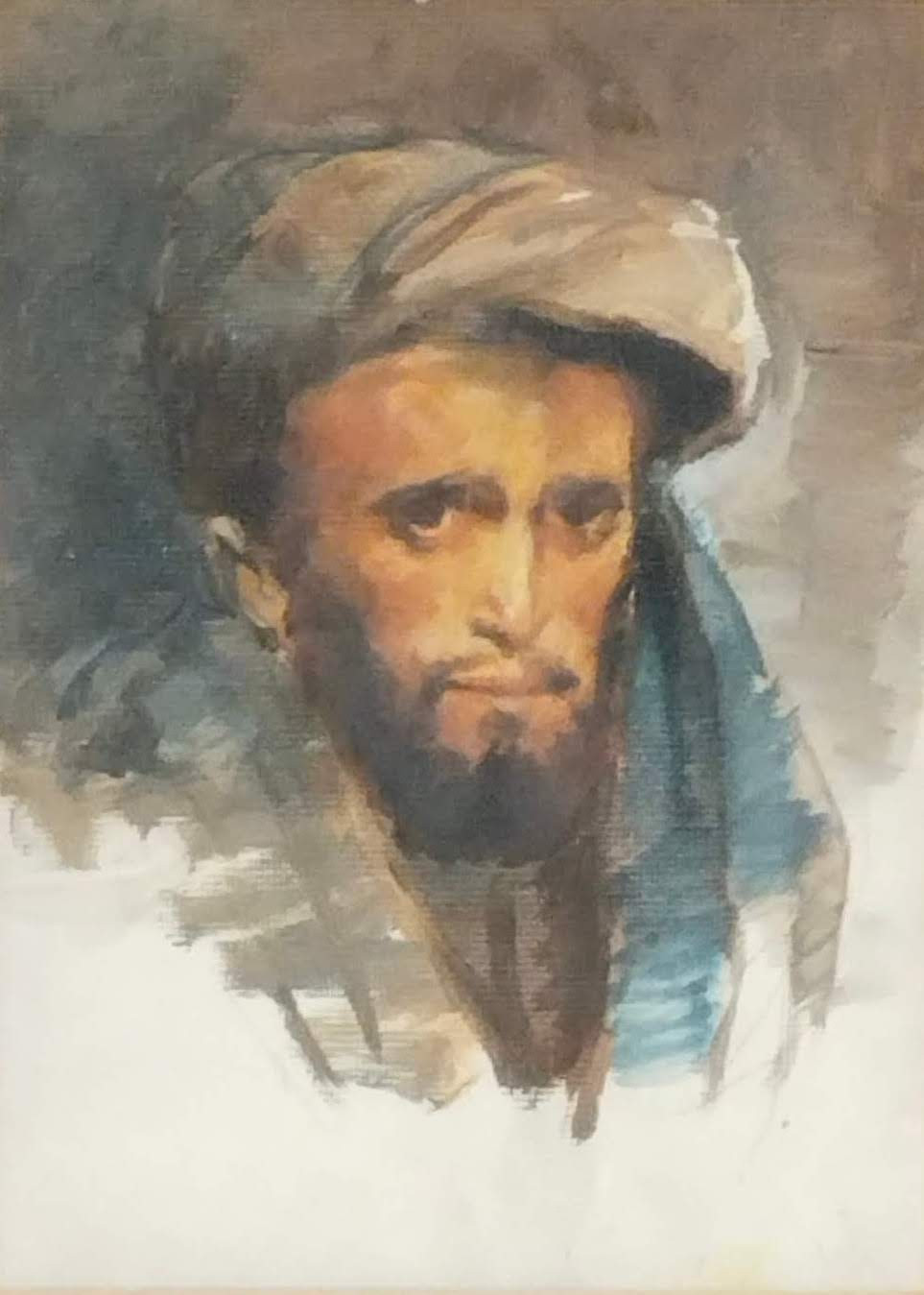
Yet, even in his rendering of the city and its noise, there is beauty in the manner Kaleem divides the canvas, there is a playfulness in his placement of vehicles, motorbikes careening through the commotion, a man leans into a car window, answering a question, asking one? The buildings, toppling over themselves, stand testimony to the madness of the street, perspective turning our gaze to the distance, towards infinity. And there, to one side, stands the lone tree, its emerald foliage covered with soot and dust, the detritus of human progress.
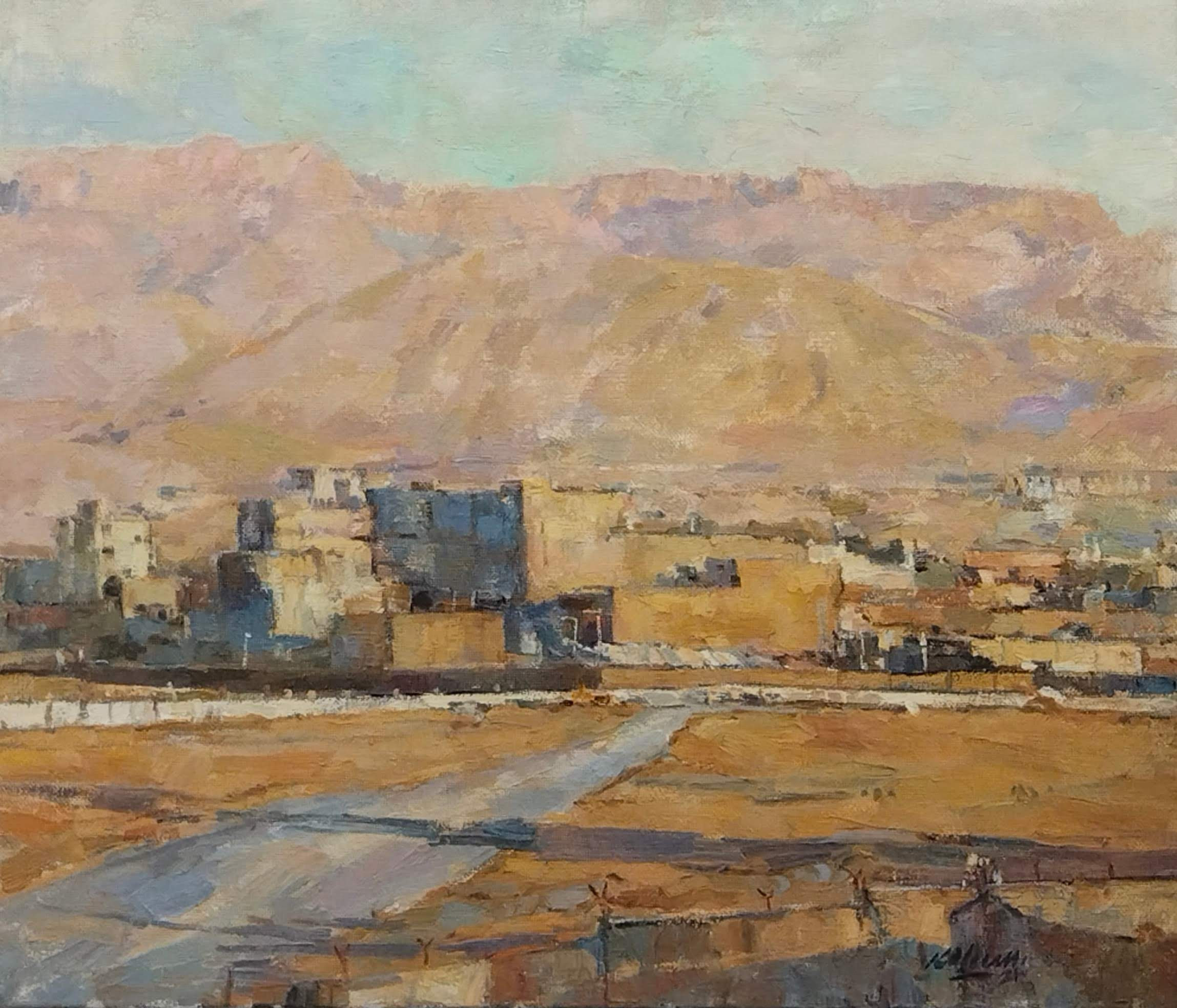
Kaleem Khan has not only remained steadfast in his painterly representation of all that makes up his world, he has also strived to enable young people in Baluchistan to receive the education that their counterparts in larger cities across Pakistan are offered through private and public sector institutions. His affiliation with the Department of Fine Arts at the University of Baluchistan (UoB) lasted for many years. Kaleem acknowledges the role played by the former Vice Chancellor of the UoB, the late Agha Akbar Shah in facilitating art education.
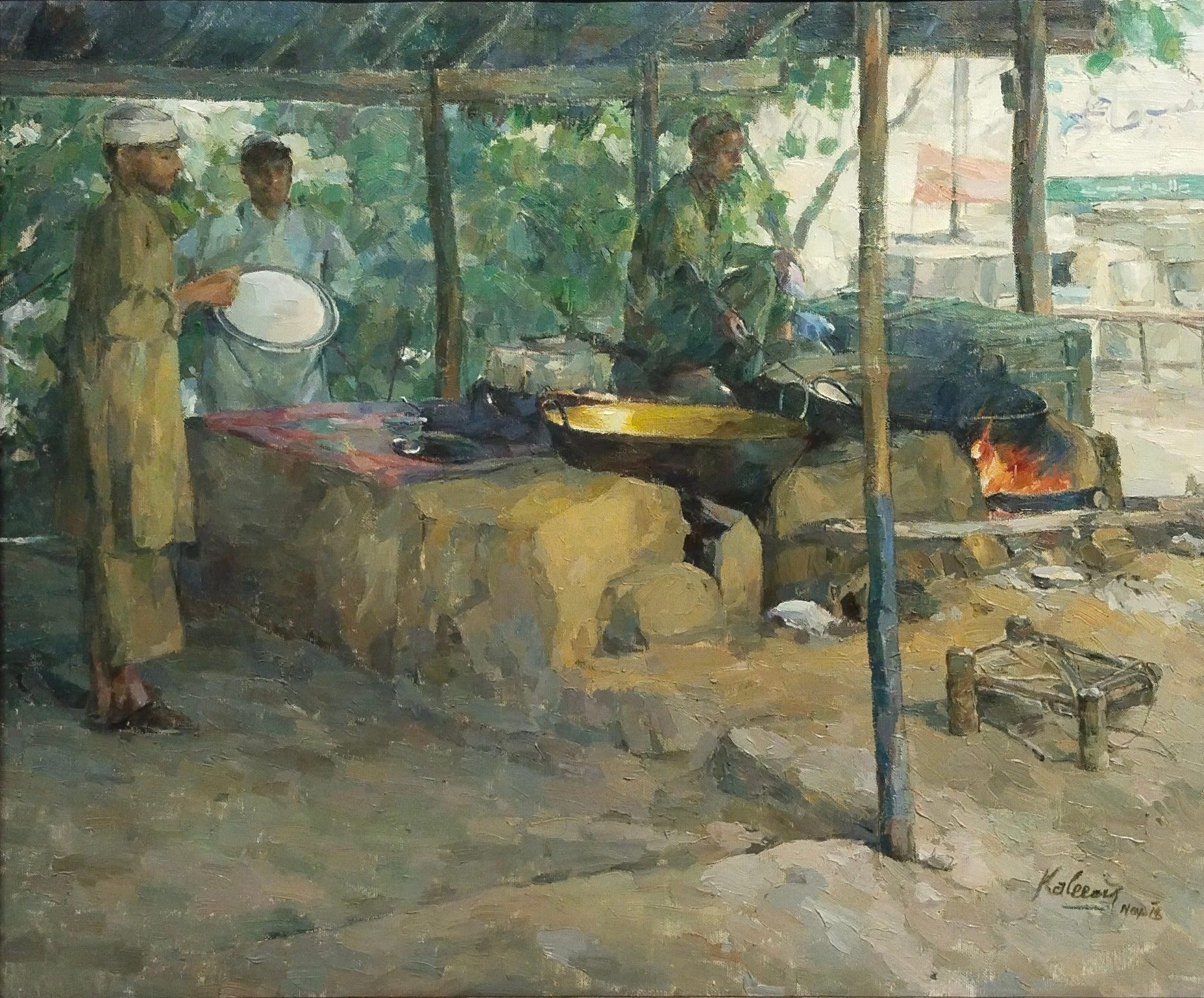
He considers himself fortunate that the Arts Council in Quetta provided him an opportunity to both learn art and to teach art. In his later years, Kaleem established the Department of Fine Arts at Baluchistan University of Information Technology, Engineering and Management Sciences (BUITEMS) and believes that the Vice Chancellor, Mr. Farooq Ahmed Bazai, had the vision necessary to give fine arts its rightful place in tertiary level education.
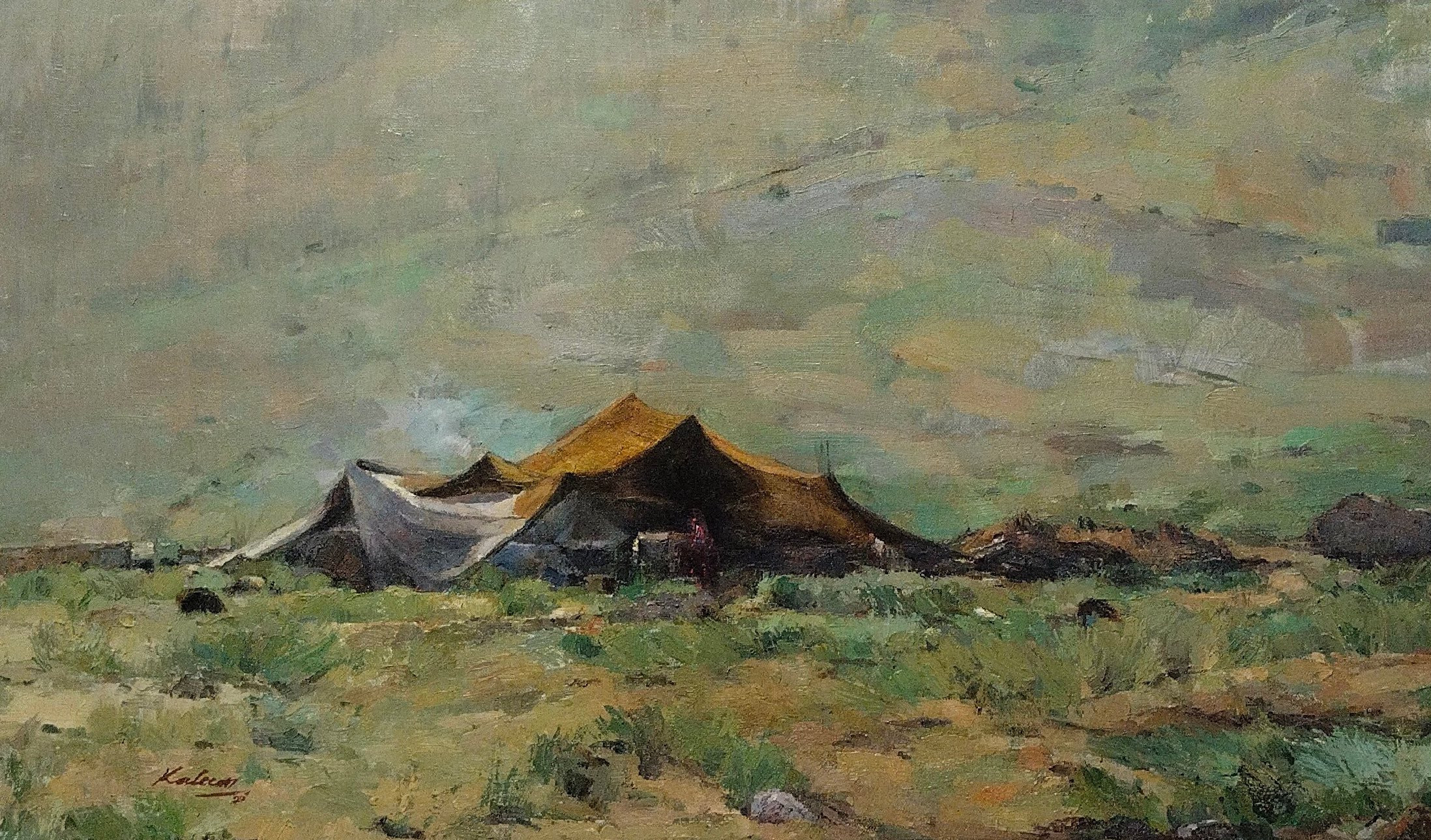
Kaleem has been fighting for the right of young people in Baluchistan to receive the best possible training and facilities, but the so-called “march of progress” threatens to thwart his desire to enable future generations to listen to the mountains speak, to watch the colours of autumn change from gold to russet to the deep red of a pomegranate.

Kaleem tells me he does not want to abandon his homeland as much as he does not want to abandon his students, for only by discerning the color of the wind can one begin to know one’s place in this vast land, this vast canvas of our homeland.
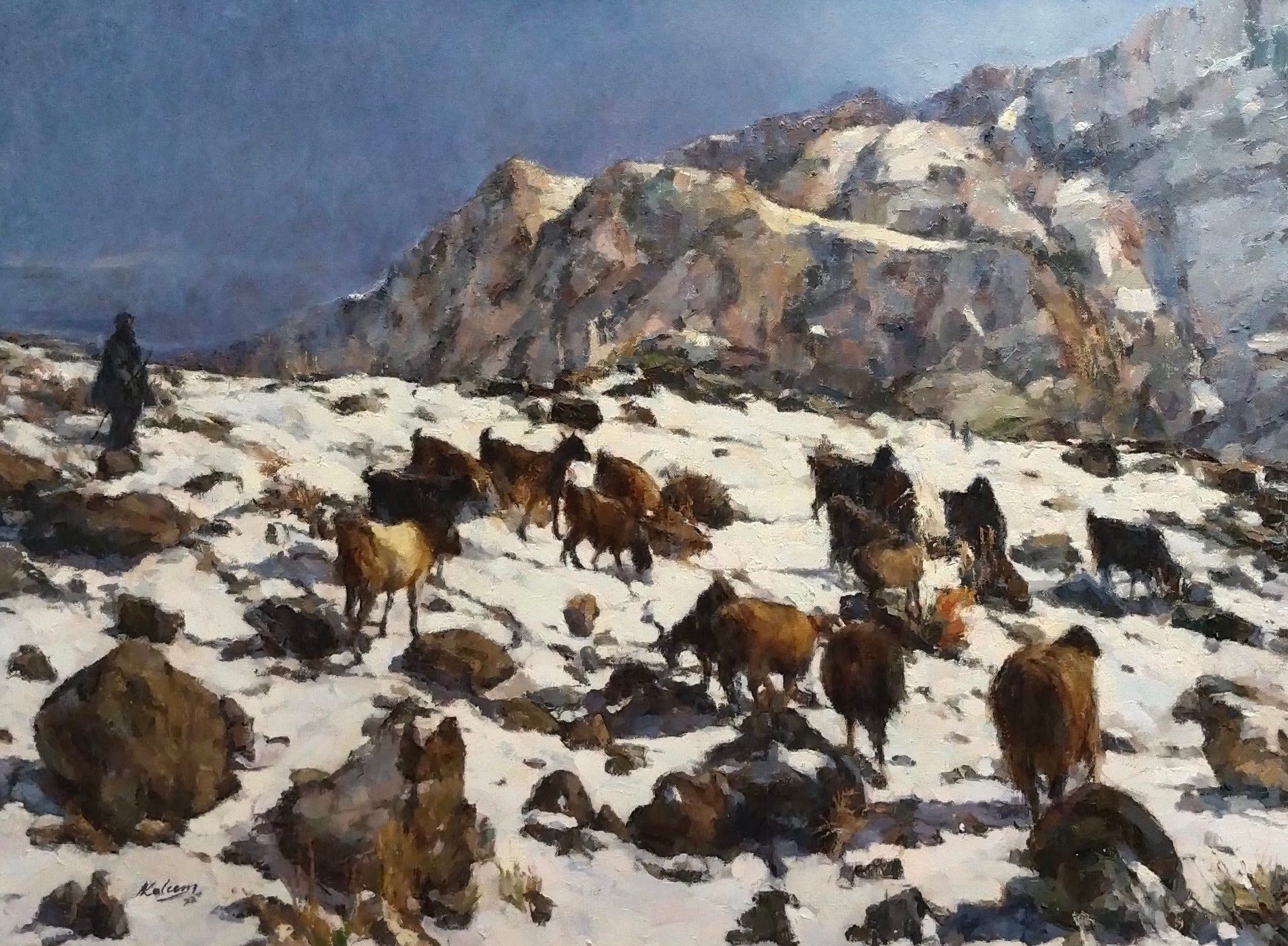
Kaleem Khan’s solo exhibition was on display at Art Next Gallery, Lahore, until January 28, 2024.
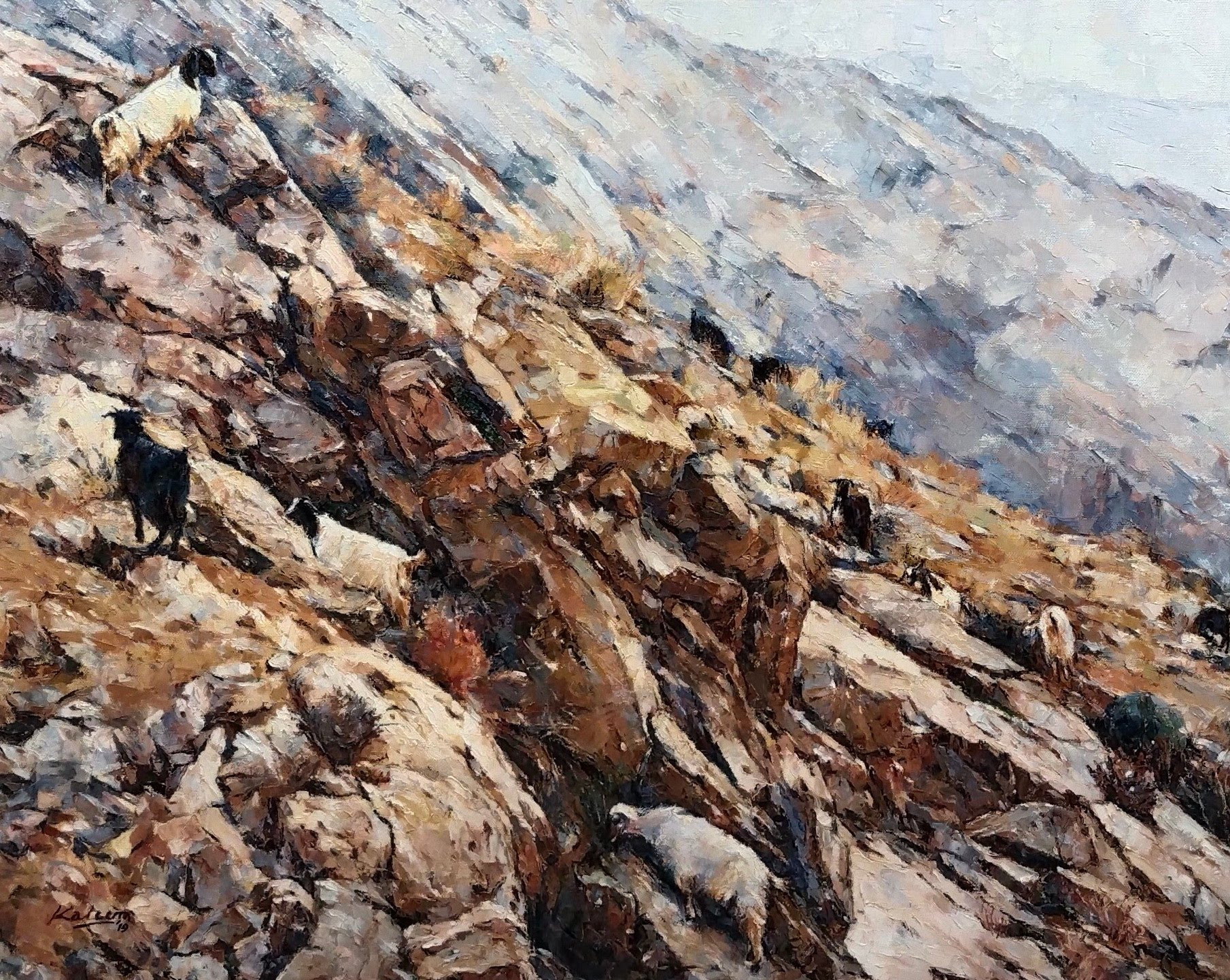
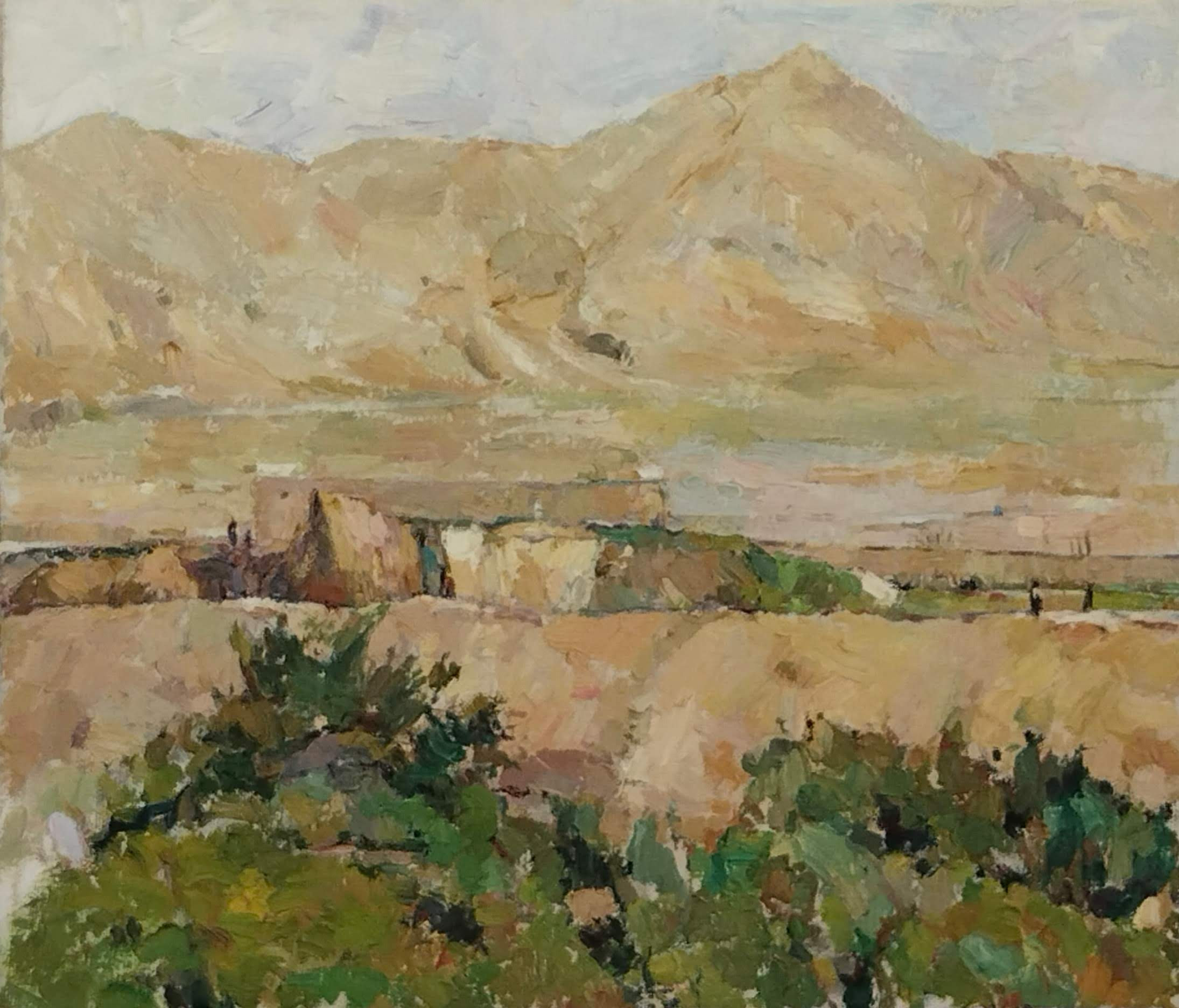
The writer is a cultural heritage manager, filmmaker, novelist, columnist, educator, and animal rights activist,

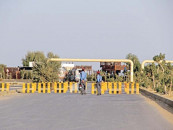
















COMMENTS
Comments are moderated and generally will be posted if they are on-topic and not abusive.
For more information, please see our Comments FAQ